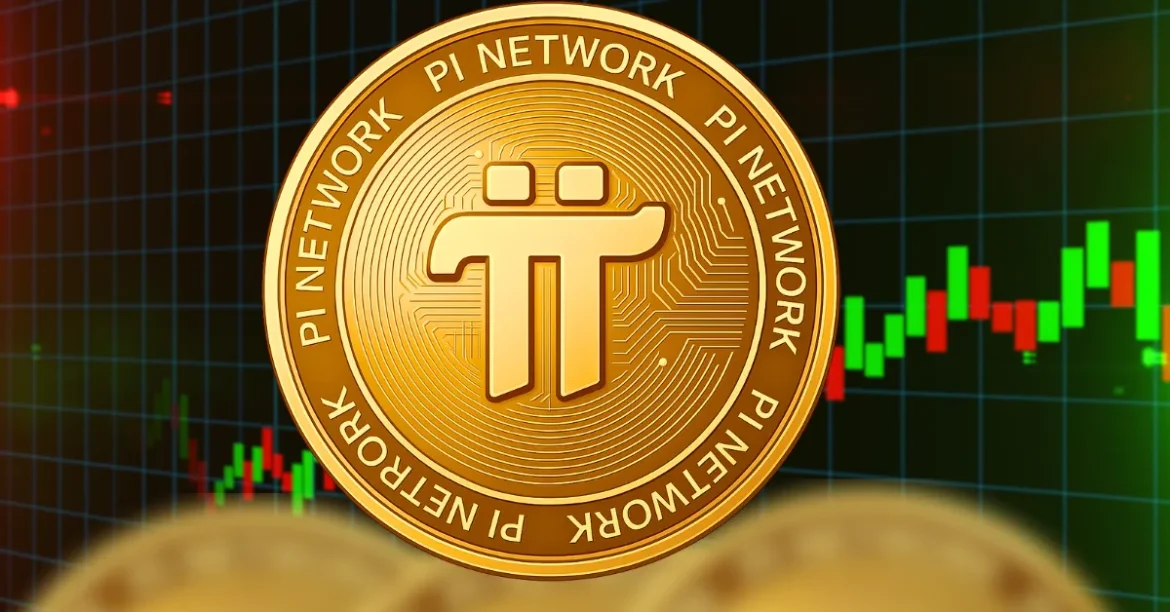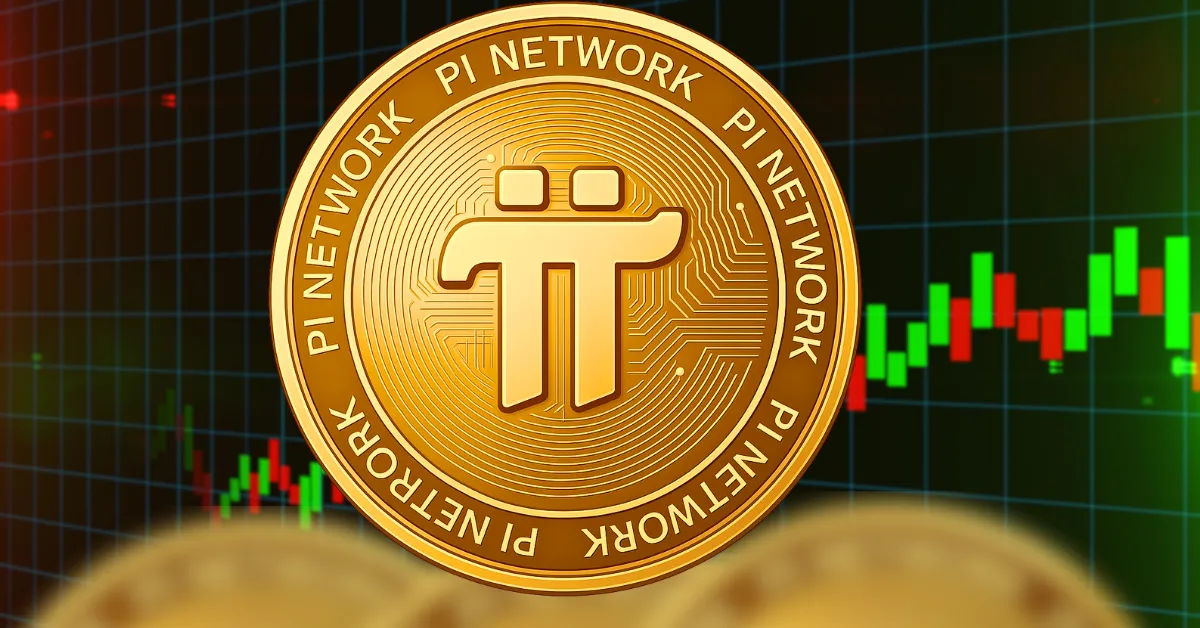Unraveling Pi Network: Facts, Fiction, and Future Prospects
In the rapidly evolving world of cryptocurrencies, Pi Network has emerged as a unique player, capturing the attention of millions of users with its innovative approach to mining and accessibility. Unlike traditional cryptocurrencies that rely on energy-intensive mining processes, Pi Network allows users to mine Pi Coin directly from their mobile devices without draining battery life or requiring specialized hardware. This accessibility has helped Pi Network build a massive community, reportedly in the millions, which forms the backbone of its ecosystem. However, despite its popularity, Pi Network has also faced skepticism regarding its legitimacy, stability, and long-term viability. With recent developments, including the launch of an open mainnet and increasing trading activity, it is crucial to examine Pi Network more closely, separating hype from reality, understanding its technology, and assessing its role within the broader crypto ecosystem.
Decoding Pi Network: What Is It Really?
Pi Network was launched in 2018 by a team of Stanford graduates with the goal of democratizing cryptocurrency mining. The project aims to make cryptocurrency mining accessible to everyone, regardless of their technical expertise or financial resources. Unlike Bitcoin, which requires powerful mining rigs and consumes vast amounts of energy, Pi Network leverages a unique consensus mechanism called the Stellar Consensus Protocol (SCP). This protocol allows users to mine Pi Coin simply by verifying transactions and securing the network through their mobile devices.
One of the key differentiators of Pi Network is its focus on accessibility and social consensus mechanisms. The network encourages users to invite friends and family to join the platform, creating a social graph that enhances security and decentralization. This approach not only makes mining more accessible but also fosters a sense of community among users. However, critics argue that the social consensus mechanism may not be as secure as traditional proof-of-work or proof-of-stake systems, which have been battle-tested over the years.
The Stablecoin Question: Is Pi a Stable Asset?
One of the most contentious discussions about Pi revolves around whether it can be considered or evolve into a stablecoin-like asset. Stablecoins are cryptocurrencies designed to minimize price volatility by pegging their value to real-world assets such as fiat currencies or commodities. This stability makes them ideal for use in transactions, savings, and as a hedge against market volatility.
Currently, Pi Coin does not officially peg itself to any asset like USD or gold. Unlike traditional stablecoins such as USDC or Tether, Pi has no fixed price mechanism, resulting in significant price fluctuations when external trading occurs. However, the introduction of the Pi Protocol marks a deliberate pivot toward developing a decentralized stablecoin infrastructure. This protocol seeks to address limitations observed in existing stablecoins, namely centralization risks and vulnerability to sudden market shocks, by decentralizing issuance and governance through smart contracts and community consensus.
Despite these ambitions, the path to stablecoin status for Pi remains uncertain. Without stringent regulatory clarity and robust backing of real-world assets or collateral, Pi may struggle to gain acceptance as a reliable medium of exchange. Algorithmic stablecoins, which rely on complex algorithms to maintain stability, have a history of systemic failures. Pi must innovate and establish trust and transparency to overcome these challenges and position itself as a viable stablecoin.
Transparency and Community Concerns
Despite its rapid user base growth, Pi Network faces persistent criticism regarding transparency and the pace of delivering promised milestones. The Open Mainnet, which enables external trading of Pi Coin, has experienced delays and lack of clarity, causing frustration among early adopters awaiting liquidity. Price volatility, combined with limited real-world adoption, has led some community members to question the token’s intrinsic value and long-term viability.
Analysts note that large token holders can significantly influence Pi’s market value, creating potential for market manipulation in the absence of regulatory oversight. This concentration of wealth among early adopters raises concerns about the fairness and decentralization of the network. Nevertheless, advocates argue that Pi Network’s model fosters financial inclusion, especially in regions underserved by traditional banking. Its mobile-friendly mining and transaction system could lower barriers to cryptocurrency participation, making it an attractive option for users in developing economies.
Pi Network Within the Crypto Ecosystem: Disruptor or Another Token?
Positioning Pi Network solely as another altcoin underestimates its potential innovations and community scale. However, it must navigate a few critical dynamics to establish itself as a significant player in the crypto ecosystem. Competing with established stablecoins, such as Tether and USDC, will be a formidable challenge. These stablecoins dominate liquidity pools and cross-border payments, and Pi’s decentralized stablecoin approach will need to offer compelling advantages to gain market share.
The regulatory landscape is another critical factor that will shape Pi Network’s future. Global regulatory bodies are increasingly scrutinizing cryptocurrencies, especially stablecoins. Pi Network’s future will hinge on navigating these legal frameworks, balancing decentralization with compliance. Additionally, technological integration will play a crucial role in Pi’s success. The network’s AI-driven tools, app builders, and staking features signal efforts to build ecosystem utility beyond simple currency exchange. These upgrades may enhance user engagement and increase network effect benefits, making Pi a more attractive option for users and developers alike.
Market Performance and Investment Considerations
The speculative nature of Pi Coin is a double-edged sword. Initial trading rounds have shown considerable price swings, limiting Pi’s attractiveness as a stable store of value or transactional currency. Experts warn investors to approach Pi with caution due to its opaque development roadmap and unproven market mechanisms. Nonetheless, some crypto enthusiasts view it as an early-stage project with high upside if mainstream adoption follows.
Pi Network’s gains often coincide with risk-on sentiment in altcoin markets, reflecting broader investor appetite rather than fundamentals specific to Pi. This volatility makes Pi a high-risk, high-reward investment, and potential investors should carefully consider their risk tolerance before committing capital. Additionally, the lack of clear regulatory guidance and the potential for market manipulation pose significant risks to investors.
Conclusion: Pi Network’s Path Forward
Pi Network stands at a crossroads—between pioneering a novel, inclusive approach to cryptocurrency and addressing foundational questions around transparency, stability, and adoption. Its ambition to evolve into a decentralized stablecoin and global currency is bold but fraught with technical, regulatory, and market challenges. For Pi to transcend speculation and become a credible financial tool, it needs to cement its technological innovations with clear, open governance frameworks, establish tangible use cases that demonstrate utility beyond mining or trading, and engage constructively with regulatory frameworks to bolster trust.
In a realm where volatility and uncertainty are commonplace, Pi Network’s vision for a community-driven, accessible crypto ecosystem could resonate if it succeeds in overcoming these hurdles. Until then, it remains an emblem of both crypto’s promise and its persistent complexities. The future of Pi Network will depend on its ability to deliver on its promises, adapt to changing market conditions, and build a sustainable ecosystem that attracts users, developers, and investors alike.





